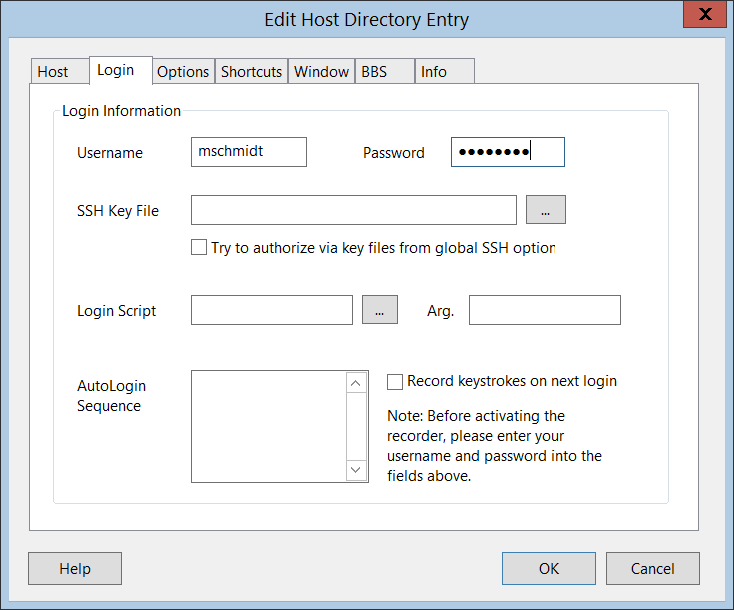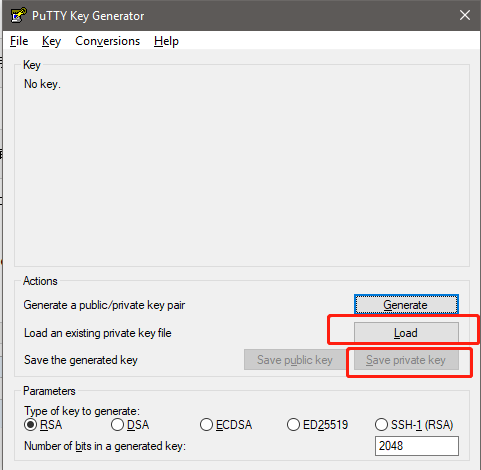
If you named your file something other than id_rsa, change id_rsa to the name of the file. ssh directory as well as the private key file that you just created with chmod. You can simplify the existing example above by telling it you do not want a pass-phrase and can run the command ssh-keygen -t rsa -N "".Įxample: -bash-4.2$ ssh-keygen -t rsa -N ""įf:7a:99:28:fc:63:d6:10:44:4c:2e:68:76:44:76:7a key's randomart image is: Your public key has been saved in /home/username/.ssh/id_rsa.pub.ģ2:bf:db:74:1b:7e:d7:c6:4b:b5:6f:a8:82:55:3f:bf key's randomart image is: Your identification has been saved in /home/username/.ssh/id_rsa. Note: If you change the file in which to save the key, please ensure that it still starts with 'id', such as 'id_umiacs_rsa'.Įnter file in which to save the key (/home/username/.ssh/id_rsa):Įnter passphrase (empty for no passphrase): Pressing enter at the passphrase step twice will create a key without a pass-phrase. pub extension and store it in the same directory. It will prompt you for a file to create the private key and then for the public key append. You can run the command ssh-keygen -t rsa to generate the new public and private key.
#SSH COPY ID EXAMPLE PASSWORD#
Linux/MacOS/Bash and Git Bash (for Windows) Create a new key with a password

Add passphrase if wanted and save both the public and private keys.Click generate and follow the instructions for generating your keys.Verify that you are attempting to create an "SSH2 RSA" key by clicking on the appropriate box.Click on the start menu and search for PuTTYgen.
#SSH COPY ID EXAMPLE WINDOWS#
Windows Git Bash See Linux/MacOS/Bash and Git Bash (for Windows) PuTTY There are a number of different key types but rsa is the most compatible. Allowing anyone to read this private key will compromise the security of the key and could allow someone to access any resources secured by this key without your consent. A public key file that you may distribute to any machine you want to use it on and a private key that needs to be kept secure. The first step is to generate a key which will create two files filled with long strings of characters. Please see the SSH Agents section for more information. SSH Agents allow you to temporarily use your SSH key without a password for a set period of time.


Determine your OS (and if Windows, what you will be using to create the key).SLURM) please read Batch clusters prior to creating a new key. 4 Adding Keys to SSH Clients (Windows Only).3.2 Linux/MacOS/Bash and Git Bash (for Windows).2.2 Linux/MacOS/Bash and Git Bash (for Windows).


 0 kommentar(er)
0 kommentar(er)
